Growing an Amaryllis with children is a wonderful way to introduce them to gardening and the basics of botany, as it's so easy and rewarding to watch this incredible plant grow indoors from its large bulb! The reward for young budding gardeners who care for it properly: magnificent, majestic large trumpet-shaped flowers in midwinter, as it's traditionally grown to brighten homes during Christmas festivities. But Amaryllis can also cheer up your interior until spring, and its growth is extremely rapid since flowers bloom just 6 to 10 weeks after planting!
An opportunity to observe a plant's development and roots, a gift to prepare for loved ones, creating containers from recycled objects – growing an Amaryllis is a chance to engage children, young or older, in meaningful activities. How to do it? We explain everything.
Choosing Your Amaryllis
Among Amaryllis, we distinguish those from the Hippeastrum family, which are non-hardy bulbs meant for indoor cultivation, from Amaryllis Belladonna, slightly hardier, which can be planted outdoors in regions with mild climates. Beyond the traditional red Amaryllis, this flower also comes in a wide range of colours offering soft, fresh, vibrant or contrasting tones, as well as forms varying from the simplest to the most flamboyant!
Selecting the Amaryllis your child will grow is therefore an activity in itself: choosing their favourite or one that will please the intended recipient requires decision-making and forward-thinking.
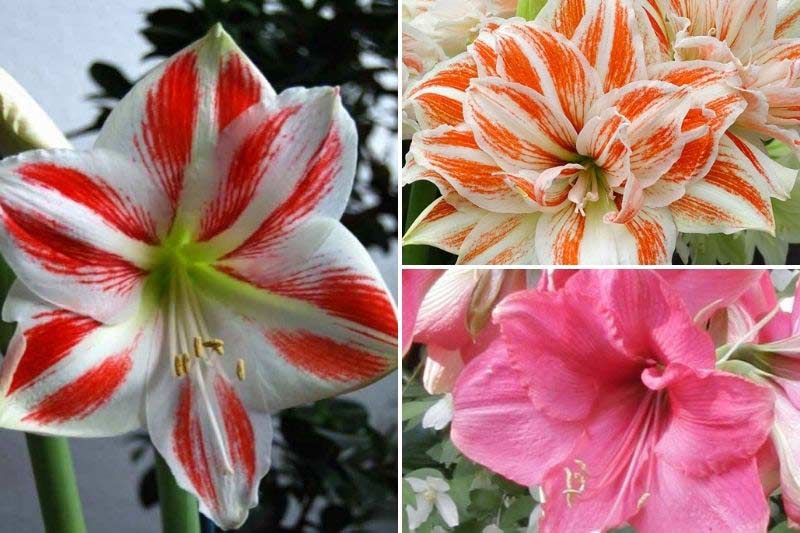
Amaryllis offer multiple hues and flower forms. Here: Amaryllis 'Clown', double Amaryllis 'Dancing Queen' and Amaryllis 'Pink Surprise'
Planting the Amaryllis Bulb
You can plant Amaryllis bulbs from October to late April, knowing that flowering will occur 6 to 10 weeks later.
Required Materials:
- One or more Amaryllis bulbs
- A container: choose a pot not too large, just 1-2 cm wider than the bulb, and heavy enough to prevent tipping as the plant can become quite large and tends to lean towards the light. For multiple bulbs, adjust container size, spacing them a few centimetres apart. Preferably select a container with drainage holes to allow excess water to escape, especially if watering is done by a child who may tend to overwater
- Clay pebbles, perlite or gravel for drainage
- Light, well-draining potting compost, as bulbs dislike excess water. Preferably choose neutral or slightly acidic compost
- Garden soil (optional)
- A small hand trowel
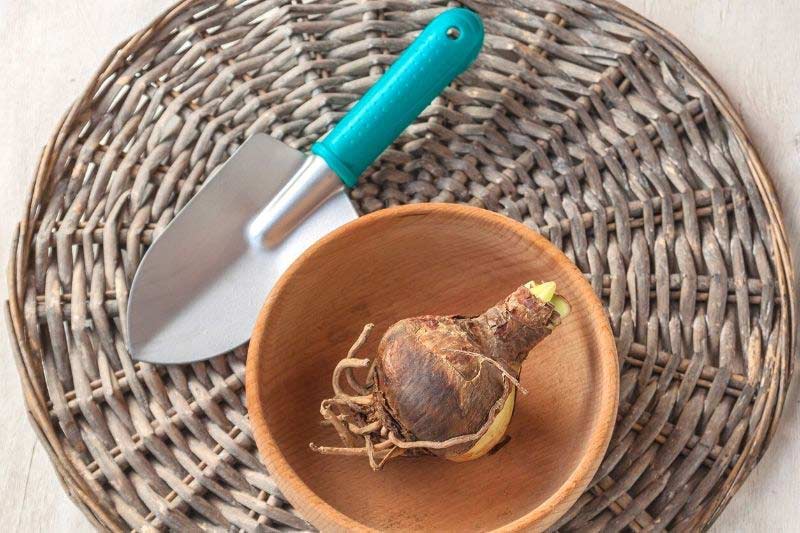
Steps for Planting Amaryllis:
- Gently trim the root tips with secateurs
- Place a drainage layer at the container's base to ensure proper water runoff
- Partially fill the pot with a mix of half compost, half garden soil. Firm well. If no garden soil, use compost alone
- Only bury the bulb one-third to halfway, leaving the top part above soil
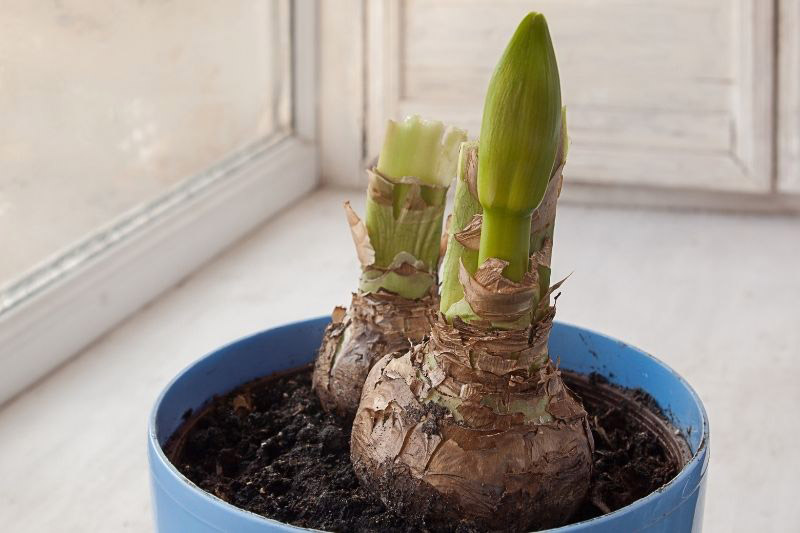
- For multiple bulbs, space them a few centimetres apart to avoid contact. You can also plant them at two-week intervals to enjoy Amaryllis beauty all winter
- Place the pot in a warm, bright spot (around 20°C) to hasten flowering, e.g., near a radiator and window. Conversely, place in cooler 10°C conditions to slow flowering
- Water sparingly until the stem appears
- 6-8 weeks later, your bulbs will flower!
- During flowering, water daily
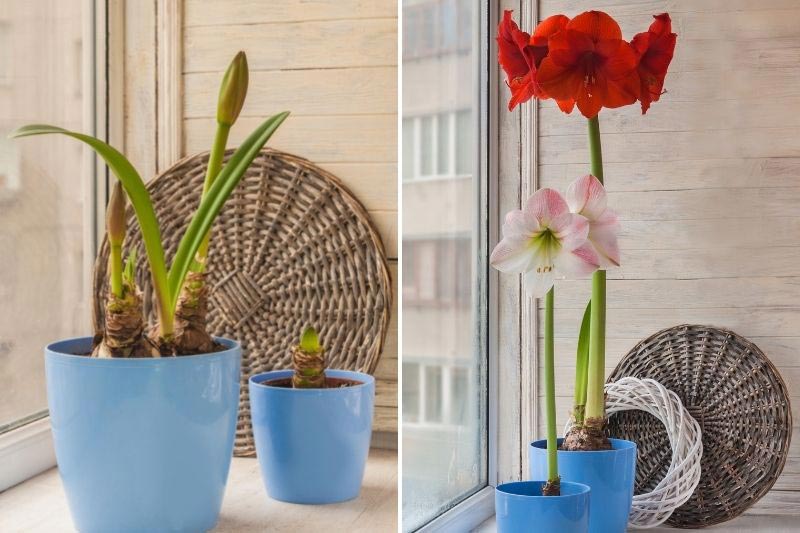
- After flowering, remove spent blooms but let foliage grow (as it replenishes the bulb's reserves). By late summer, let soil dry out and cut back dried leaves. Six weeks later, repot the bulb in fresh compost.
Look, It's Growing!: Observing Bulb and Root Growth
Watching this type of flowering plant's life cycle is fascinating:
- Before planting, have your child carefully observe the bulb and draw it as accurately as possible
- Take a second bulb and cut it vertically in half to examine the interior and draw it
- For a growth observation activity, plant in a clear glass jar (mind watering if no drainage holes!). Transparent planting lets children watch roots gradually colonise the growing medium.
- Encourage your child to regularly track the plant's growth (weekly at first, then whenever new developments occur). Older children can record observations in a notebook with drawings of each stage (stem emergence and growth, green leaf appearance, flower opening...).
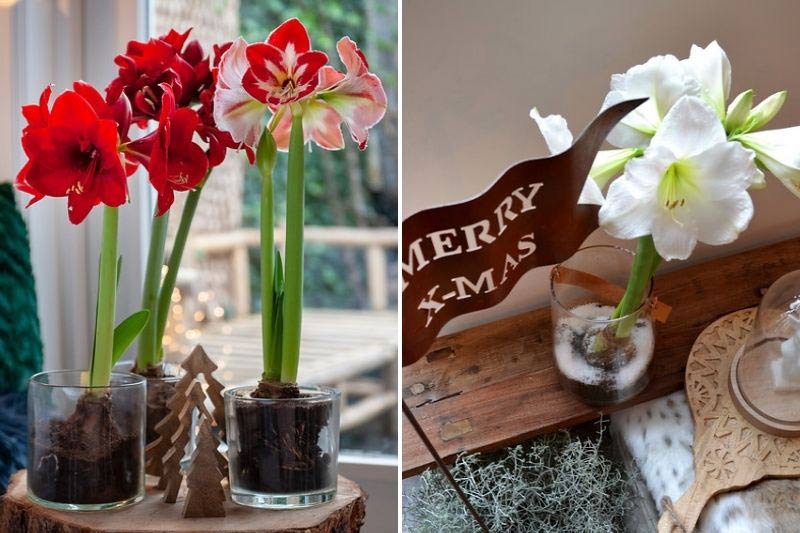
Planting Amaryllis in clear jars is attractive and allows root growth observation
Making Recycled and Decorated Pots
Planting an Amaryllis bulb is also a chance to promote recycling: must we buy a pot, or does the recycling bin hold items that, once decorated, could make lovely containers, like painted tin cans? Empty glass jars?
Your child could also plant their bulb in a simple pot and craft a decorative cover from burlap or felt. Discover all our ideas for growing plants in unusual containers.
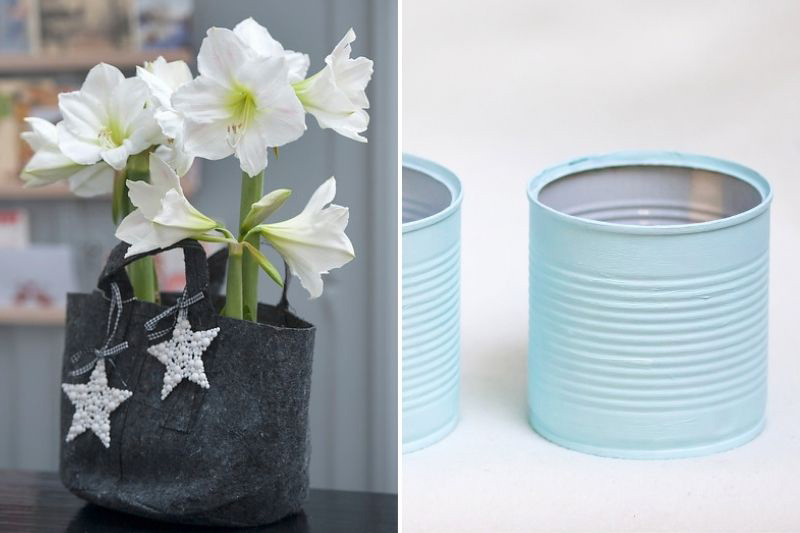
And of course, the ever-rewarding classic is creating beautiful Christmas decorations, like a festive centrepiece for Christmas Eve dinner, for example.
Growing a Gift for Teachers... or Grandparents!
Your child might want to give a gift to their teacher, grandparents, best friend – essentially, a loved one they wish to please. Gifting an Amaryllis they've grown themselves is infinitely more rewarding than simply buying an item from a shop. They'll have taken time to choose the flower colour, select the pot, and most importantly, nurtured it with care!
It's a gift that will rebloom yearly with minimal care: a lasting reminder for the recipient for years to come.
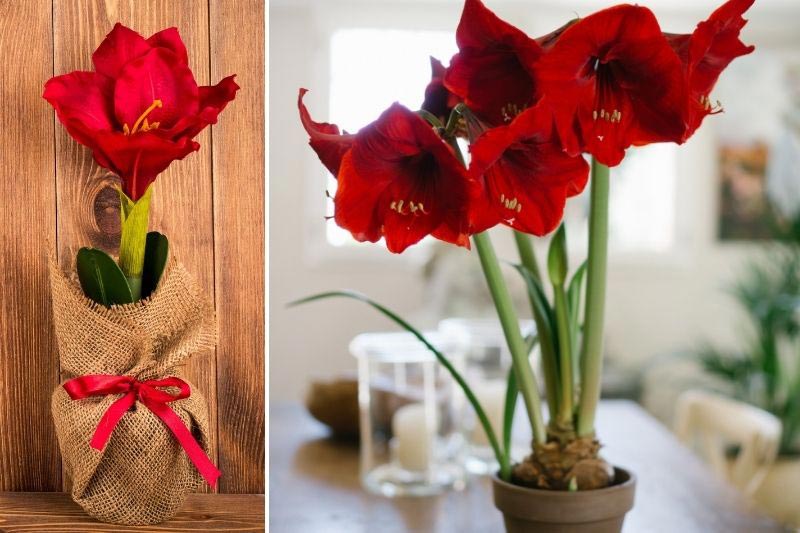
Growing Twin Amaryllis Long-Distance
If a loved one lives far away, have your child plant two twin Amaryllis, each in its own pot. They'll gift one to their dear person and keep the other. The connection will be maintained through these splendid plants developing separately, perhaps hundreds of miles apart. An opportunity to discuss their Amaryllis during calls, sharing updates on growth and flowering.
To Go Further...
→ Find our Amaryllis cultivation, planting and care advice
→ Watch our video on how to plant an Amaryllis bulb:

































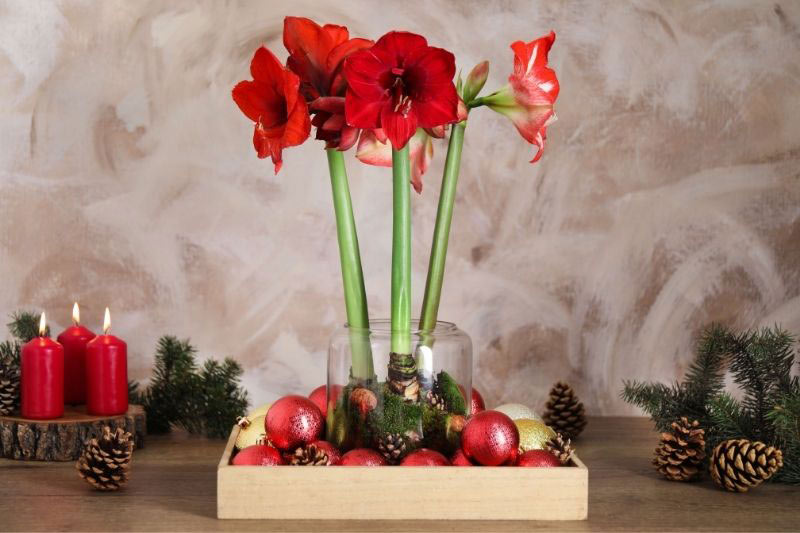

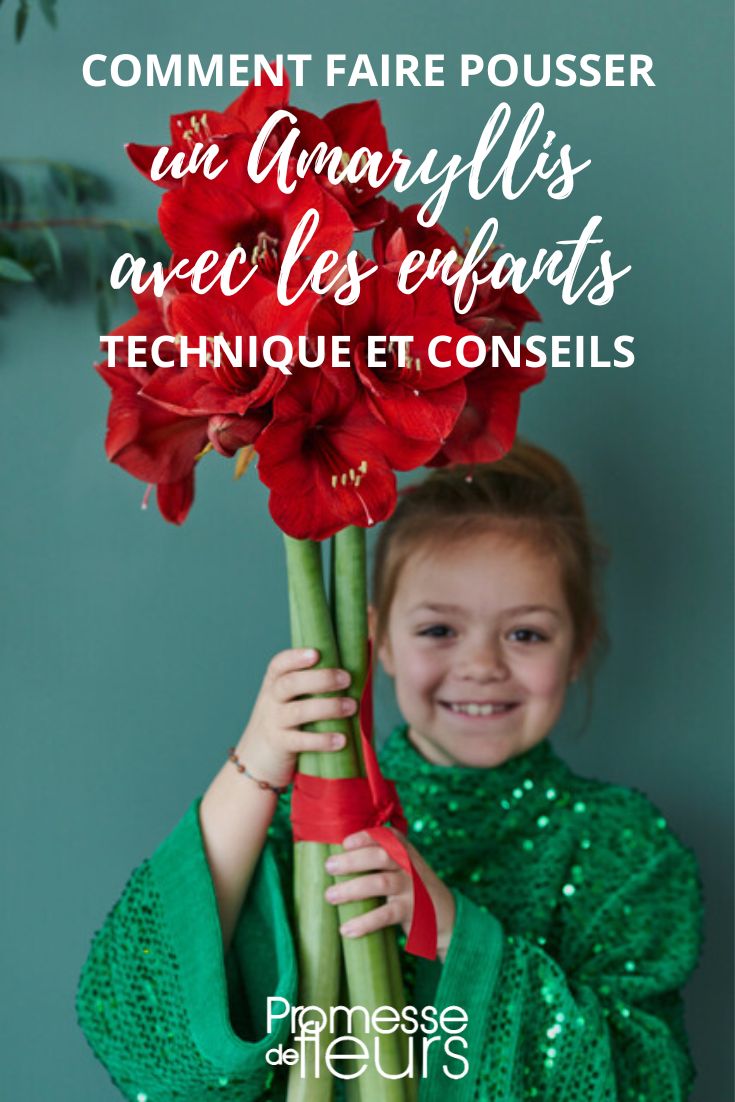
Comments